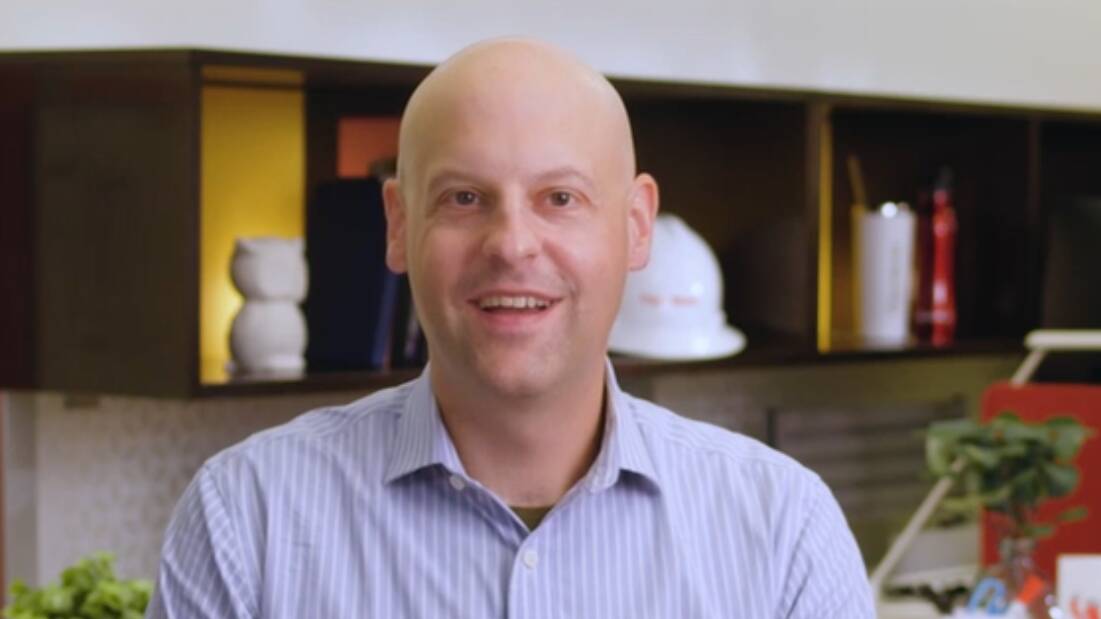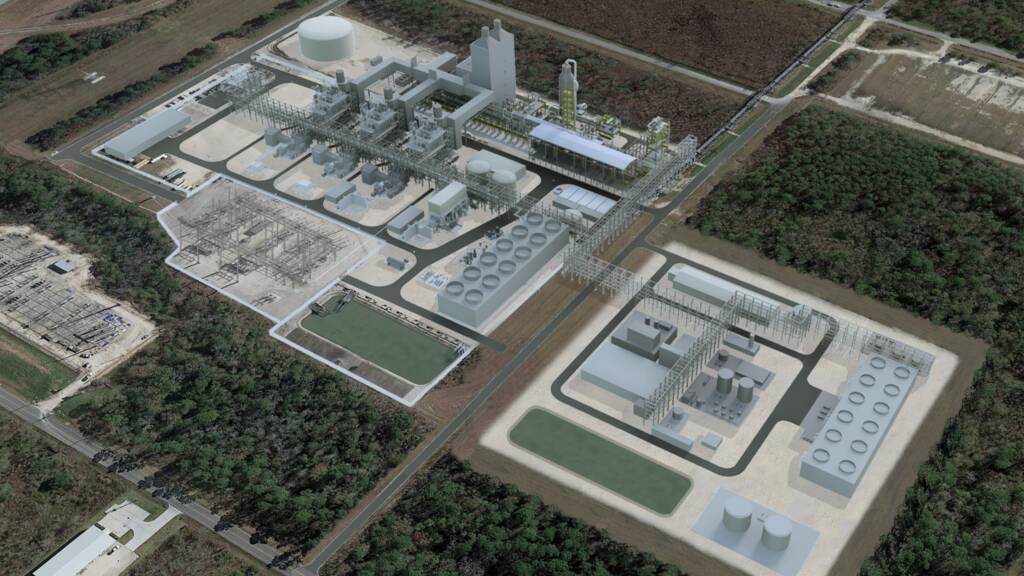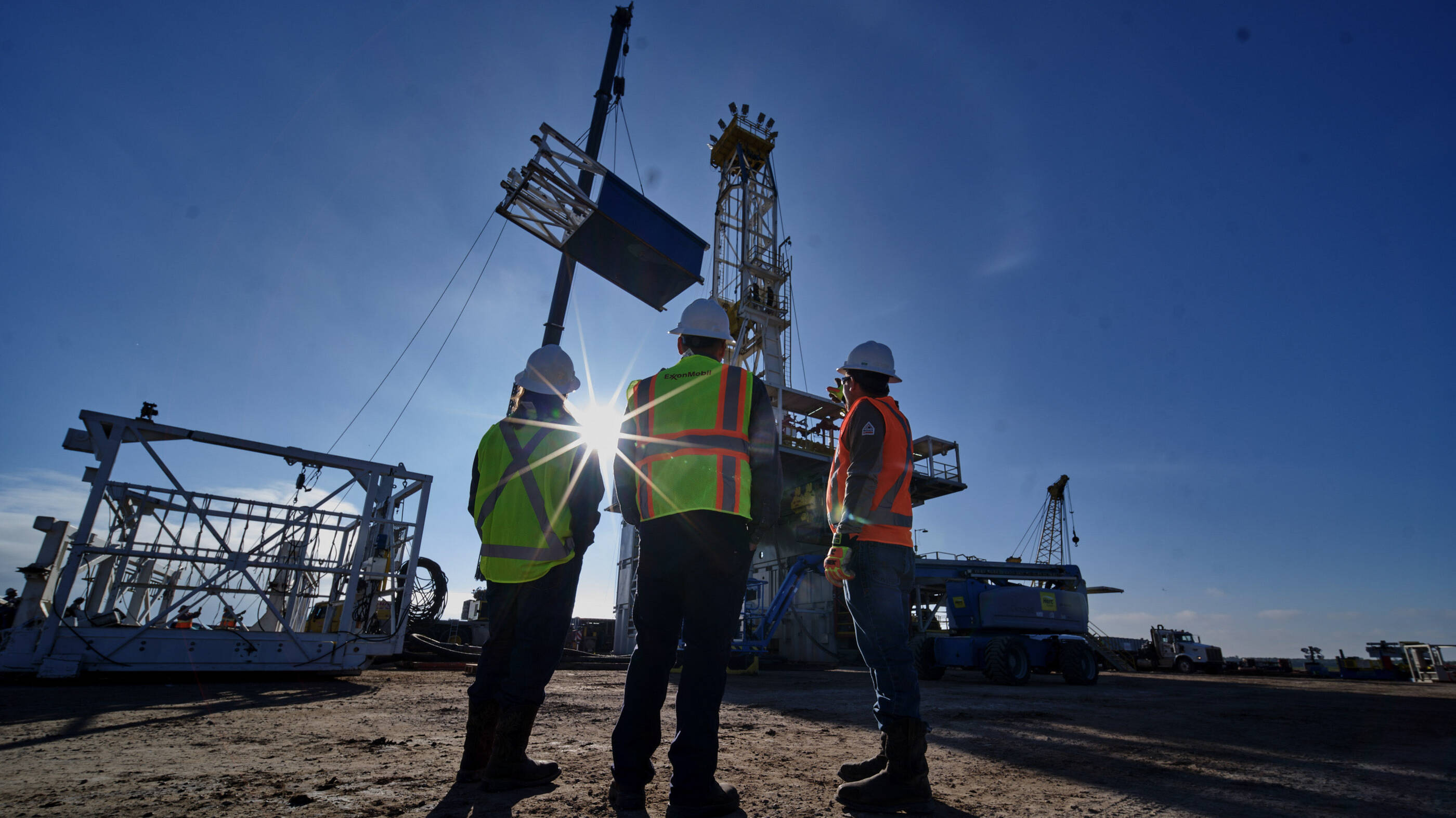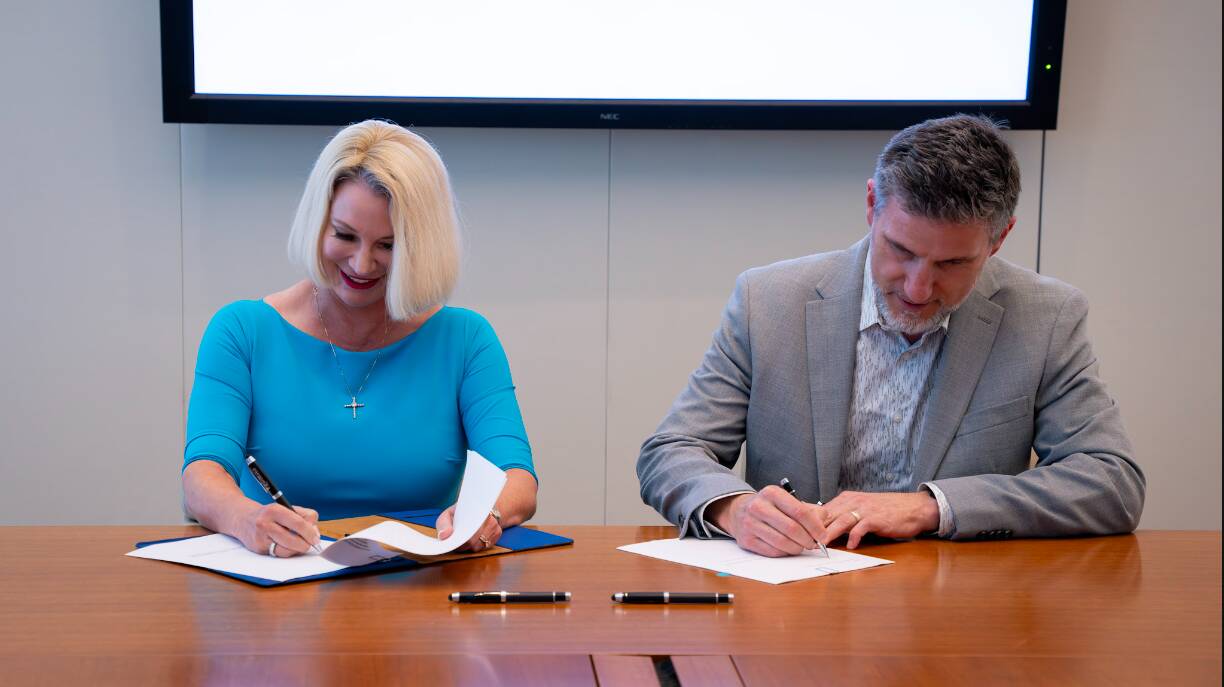selected item

Perspective
Sept. 1, 2020
Carbon capture research travels the world
ExxonMobil is working with a leading expert in Genoa, Italy, to research how fuel cells could be used to efficiently capture carbon emissions.
Perspective
Sept. 1, 2020
University of Genoa professor Barbara Bosio’s research caught the attention of ExxonMobil fuel cell carbon capture researcher Tim Barckholtz in 2017. The teams soon began collaborating and recently published a groundbreaking paper in the peer-reviewed Journal of The Electrochemical Society on their findings. Ultimately, their aim is to figure out ways to use fuel cells to significantly reduce industrial emissions.
Take a look as Barckholtz and Bosio discuss their impactful fuel cell partnership.
Explore more

Capture it. Move it. Store it: Three steps for reducing CO2 emissions
- Want to learn more about carbon capture and storage (CCS)?
- Clay, Mark and Elizabeth are here to help in a video series.
- They explain how CCS works, why it matters and what makes it safe.
Article
•
2 min read
• Aug. 12, 2025
How we’re capturing carbon and storing it safely
- In a new video, our Kathleen Ash explains how we’re keeping carbon capture and storage (CCS) safe.
- We have robust systems to safely transport and store captured CO2 emissions.
- We’re committed to protecting the safety of communities in which we operate.
Article
•
2 min read
• May 5, 2025
Calpine, ExxonMobil sign CO2 transportation and storage agreement for power generation project
- ExxonMobil to transport and store up to 2 million metric tons per year of CO2 from Calpine’s natural gas power generation facility.
- Calpine plans to produce ~500 megawatts of reliable low-carbon electricity, enough to power more than 500,000 homes.
- Project expected to bolster U.S. energy, strengthen industry competitiveness, and create jobs.
News releases
•
2 min read
• April 23, 2025
2024: A breakout year for our carbon capture and storage business
- We’re leading the creation of a new industry.
- 2024 was a big year for our CCS business.
- More milestones are ahead in 2025.
Viewpoints
•
3 min read
• Jan. 9, 2025
Steel, ammonia and AI? Oh my! What can’t our CCS help decarbonize?
- We’re scaling up carbon capture and storage (CCS) technology.
- We’re leading the way in helping U.S. industries use CCS to meet demand for lower-carbon products.
- Next up: We’re working to expand our customers to include data centers to support AI growth.
Article
•
4 min read
• Dec. 11, 2024
ExxonMobil secures largest CO2 offshore storage site in the U.S.
- ExxonMobil has secured access to over 271,000-acres in Texas state waters; ideal for CO2 storage
- Agreement will directly benefit the Texas Permanent School Fund
- Latest example of ExxonMobil’s leadership in building a carbon capture industry in the U.S.
News releases
•
3 min read
• Oct. 10, 2024